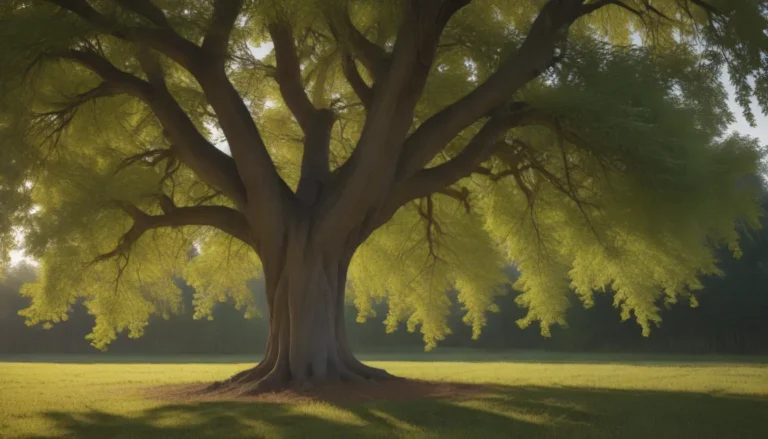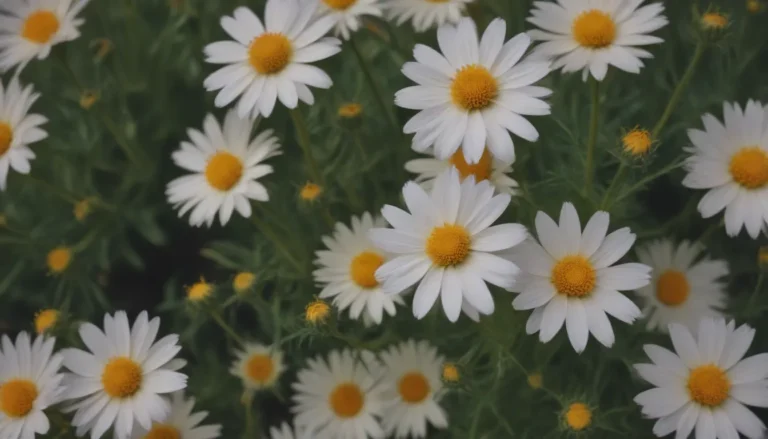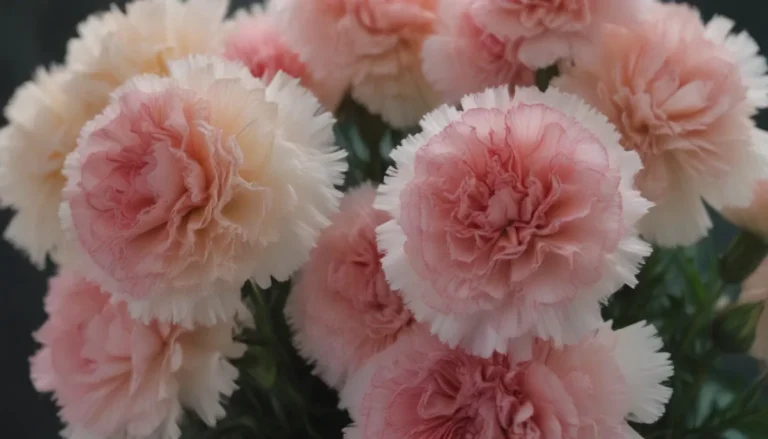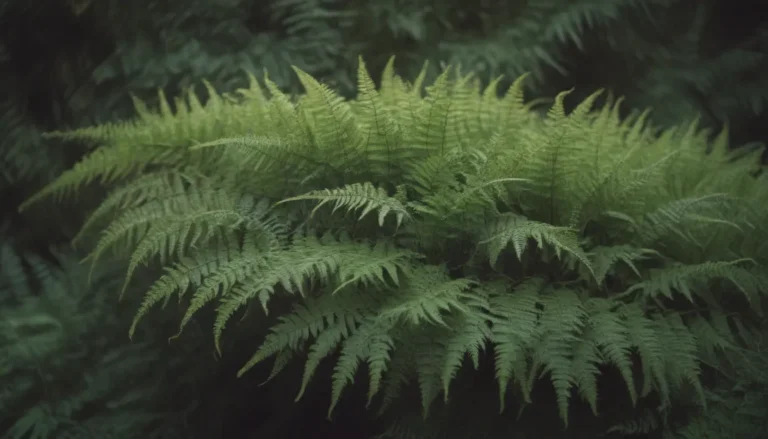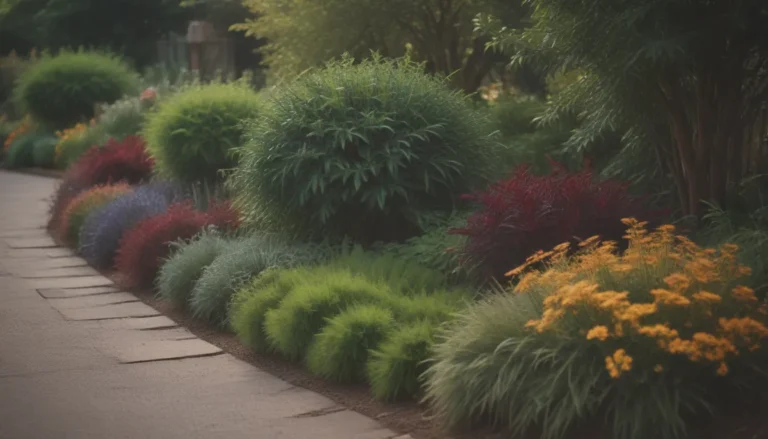How to Save Your Pumpkins: Preventing Rot and Making the Most of a Rotten Situation
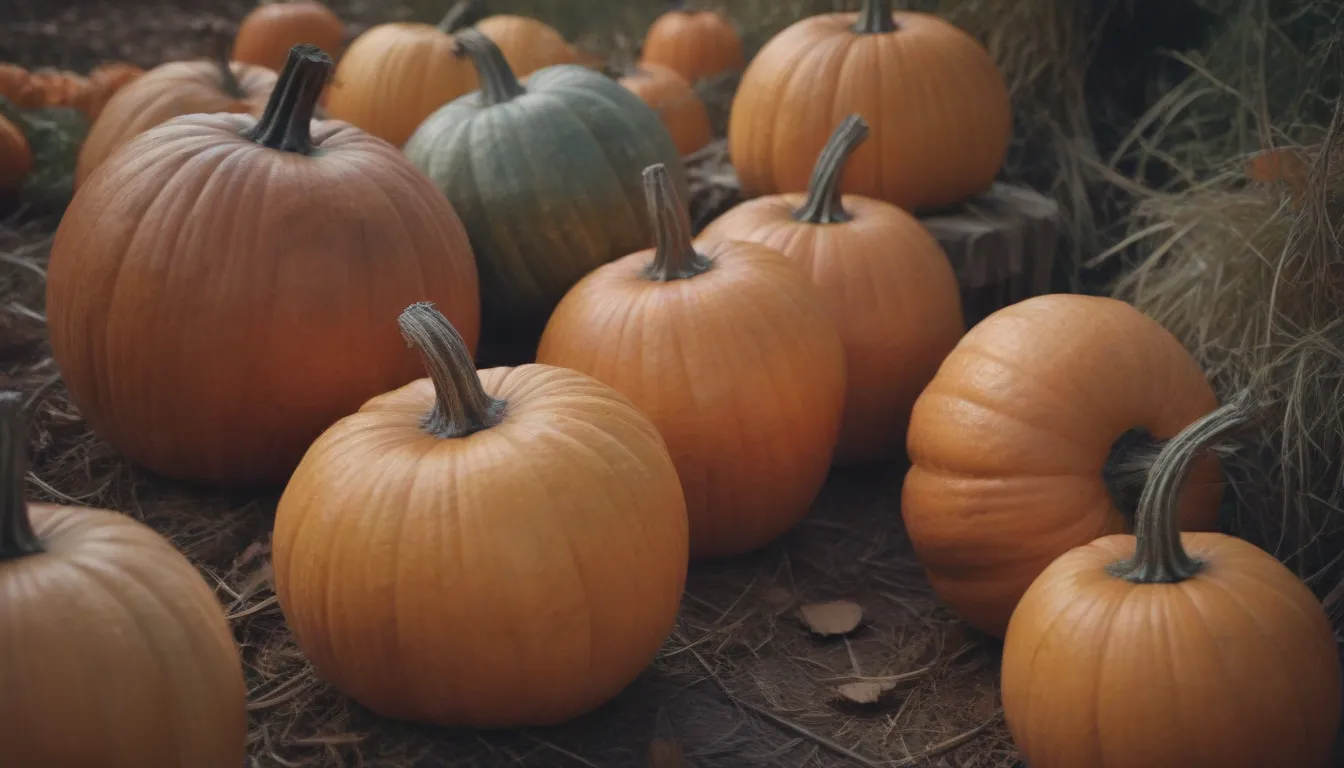
Who doesn’t love the fall season? The crisp air, the colorful leaves, and of course, all things pumpkin! But there’s nothing worse than coming face to face with a rotting pumpkin, whether it’s a beautifully carved masterpiece or a whole pumpkin waiting to be transformed. In this comprehensive guide, we’ll cover everything you need to know to extend the life of your beloved pumpkins, how to spot the signs of rot, and what to do if you find yourself stuck with a rotten pumpkin.
Tips to Prevent Pumpkin Rot
Unless you’re willing to invest in plastic pumpkins, it’s inevitable that your real pumpkins will eventually start to show signs of rot. However, there are steps you can take to delay this process and keep your pumpkins looking fresh for as long as possible. Here are some tips to prevent pumpkin rot:
-
Clean it: Before carving your pumpkin, make sure to thoroughly clean out the insides to remove any seeds or pulp that could contribute to rot.
-
Keep it cool: Store your pumpkin in a cool, dry place to help slow down the rotting process.
-
Blow out the candle: If you choose to carve your pumpkin and use a candle to illuminate it, make sure to blow out the candle before you go to bed or leave the house to prevent excessive heat from speeding up the rotting process.
-
Keep it moist: While you want to keep the exterior of your pumpkin dry to prevent mold, you also want to make sure that the flesh inside remains moist. Spraying it with water or a mixture of water and vinegar can help maintain moisture levels.
-
Treat the inside: Some sources suggest treating the interior of your pumpkin with a mixture of bleach and water to help prevent mold growth. However, be cautious with this method as it may affect the texture and appearance of your pumpkin.
-
Keep the top on: If you’ve carved your pumpkin, consider leaving the top on when not in use to help retain moisture and prolong its freshness.
-
WD-40: Some gardeners swear by spraying a small amount of WD-40 on the exterior of pumpkins to help slow down the rotting process. Proceed with caution and test a small area first to ensure it doesn’t damage the pumpkin.
By following these tips, you can maximize the lifespan of your pumpkins and enjoy them for weeks to come.
How to Recognize a Rotten Pumpkin
It’s important to know the signs of a rotten pumpkin so you can address the issue before it’s too late. While a soft texture is a clear indicator of rot, there are other early warning signs to watch out for. Look out for leaking at the bottom of the pumpkin and any signs of mold or mildew, especially in hidden areas like underneath the pumpkin. Here are some additional tips to help you identify a rotten pumpkin:
-
Weight: A healthy pumpkin will feel relatively heavy for its size, indicating a thick rind and flesh. If your pumpkin feels light and hollow, it may be starting to rot.
-
Texture: The rind of a fresh pumpkin should be firm and resistant to puncturing with your thumbnail. If it feels soft or squishy, it’s likely rotting.
-
Color: Vibrant orange is a sign of a healthy pumpkin. If your pumpkin is starting to turn dark or discolored, it may be on its way out.
By paying attention to these visual and tactile cues, you can catch rot early and take action to salvage your pumpkin if possible.
Making the Most of a Rotted Pumpkin
If you do find yourself with a pumpkin that has succumbed to rot, don’t despair! There are still plenty of ways to make use of it and reduce waste. Here are five creative ideas for what to do with a rotted pumpkin:
-
Save the seeds: Scoop out the seeds from the pumpkin before composting it. Rinse and dry the seeds, then roast them with your favorite seasonings for a tasty snack.
-
Feed some hungry animals: Place chunks of the pumpkin in your yard or garden to attract wildlife like squirrels, birds, and even deer, who will appreciate the nutritious treat.
-
Give them to the birds: Hang slices of pumpkin in your yard or from a tree to provide a natural bird feeder for your feathered friends.
-
Watch it grow: If you have a compost pile or garden, bury the rotten pumpkin in the soil. As it decomposes, it will enrich the soil with valuable nutrients.
-
Give to a community garden: If you don’t have a use for the pumpkin, consider donating it to a local community garden where it can be composted and used to nourish plants and soil.
By repurposing your rotted pumpkin in one of these ways, you can still derive some value from it and contribute to a more sustainable lifestyle.
In conclusion, while dealing with a rotting pumpkin can be disappointing, it’s important to remember that there are ways to prevent rot and make the most of the situation if it does occur. By following the tips outlined in this guide, you can enjoy your pumpkins for longer and reduce waste in the process. So go ahead, embrace all things pumpkin this fall season, and make the most of every pumpkin, whether fresh or a little past its prime.
